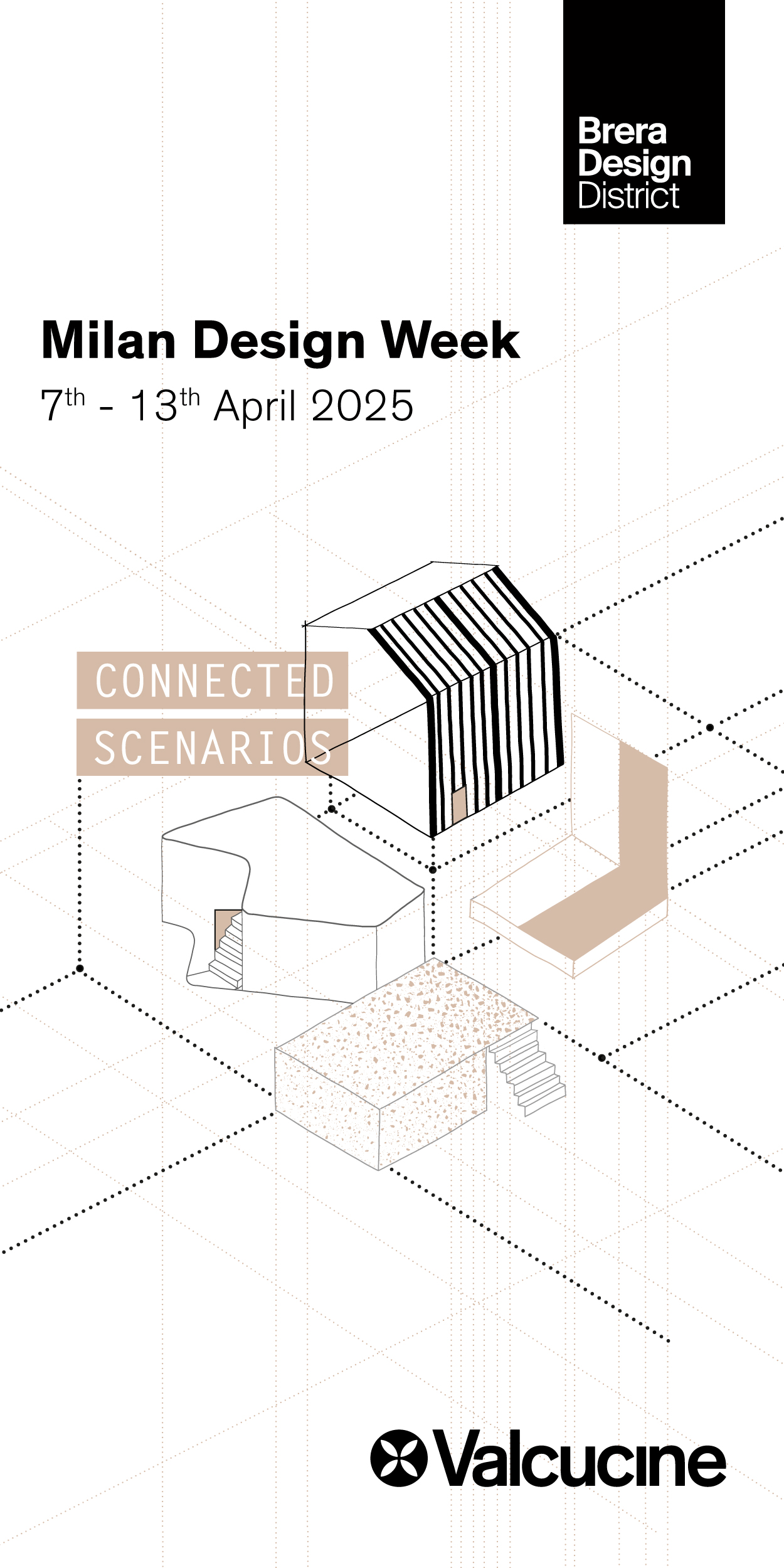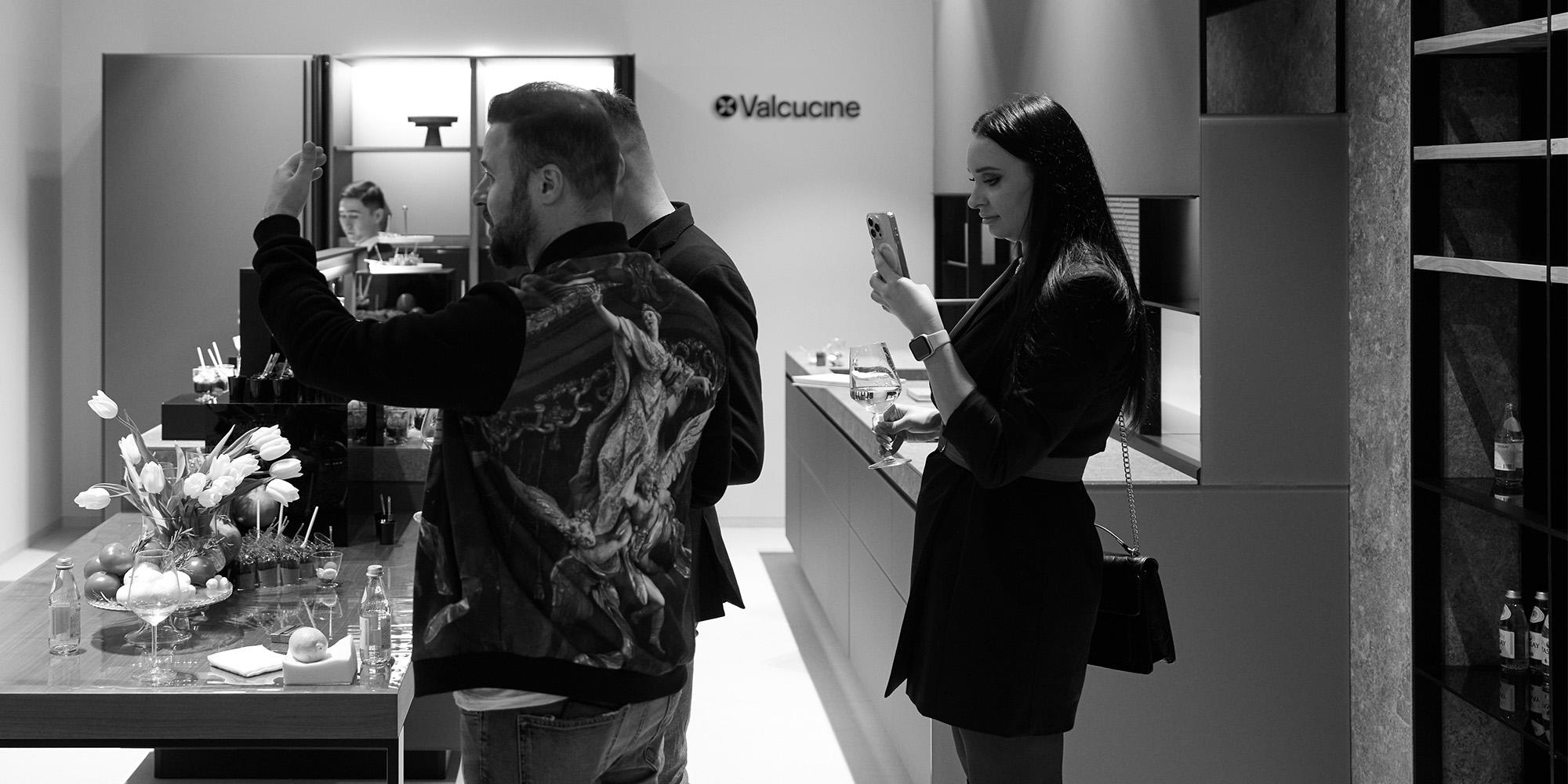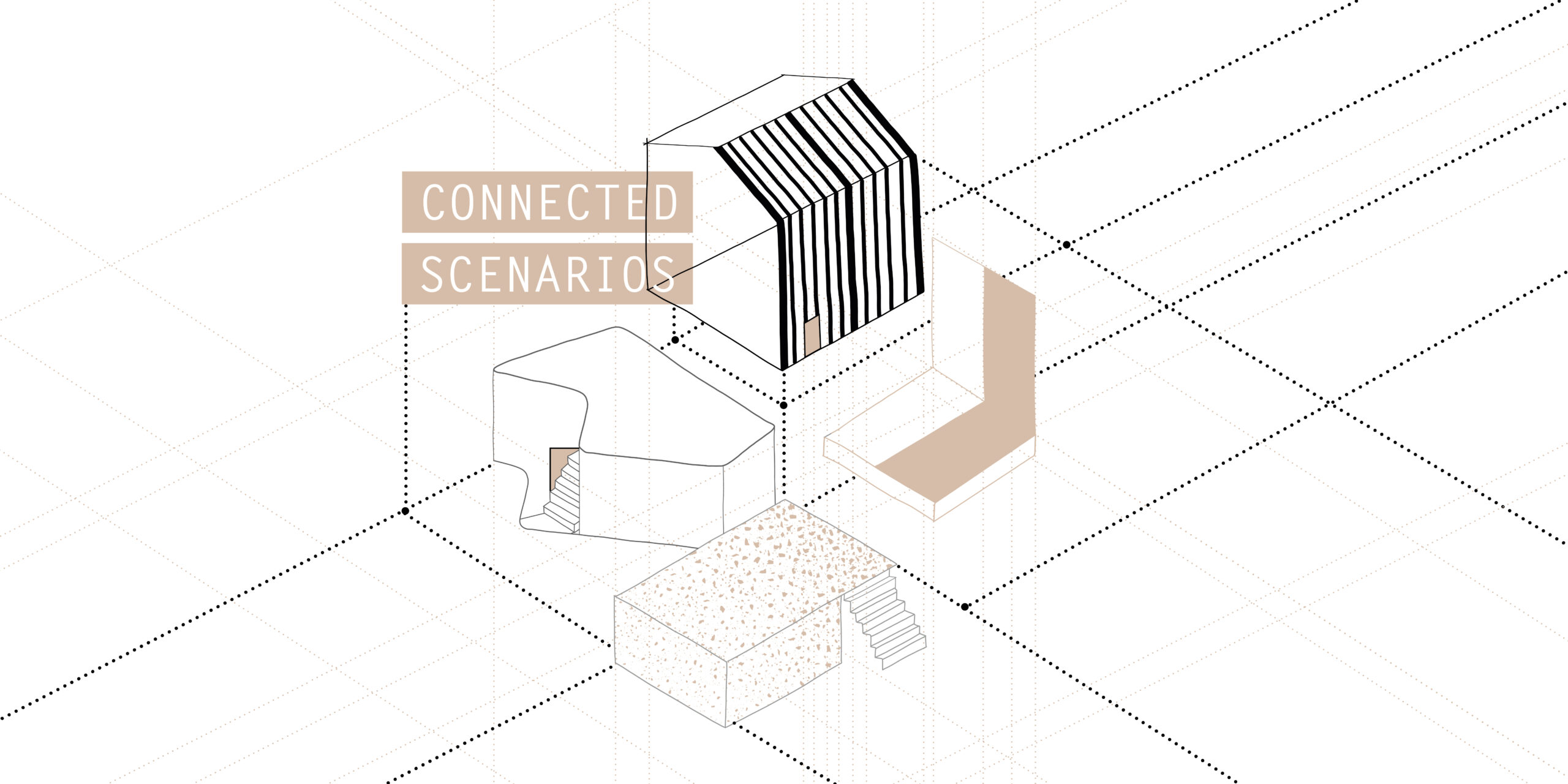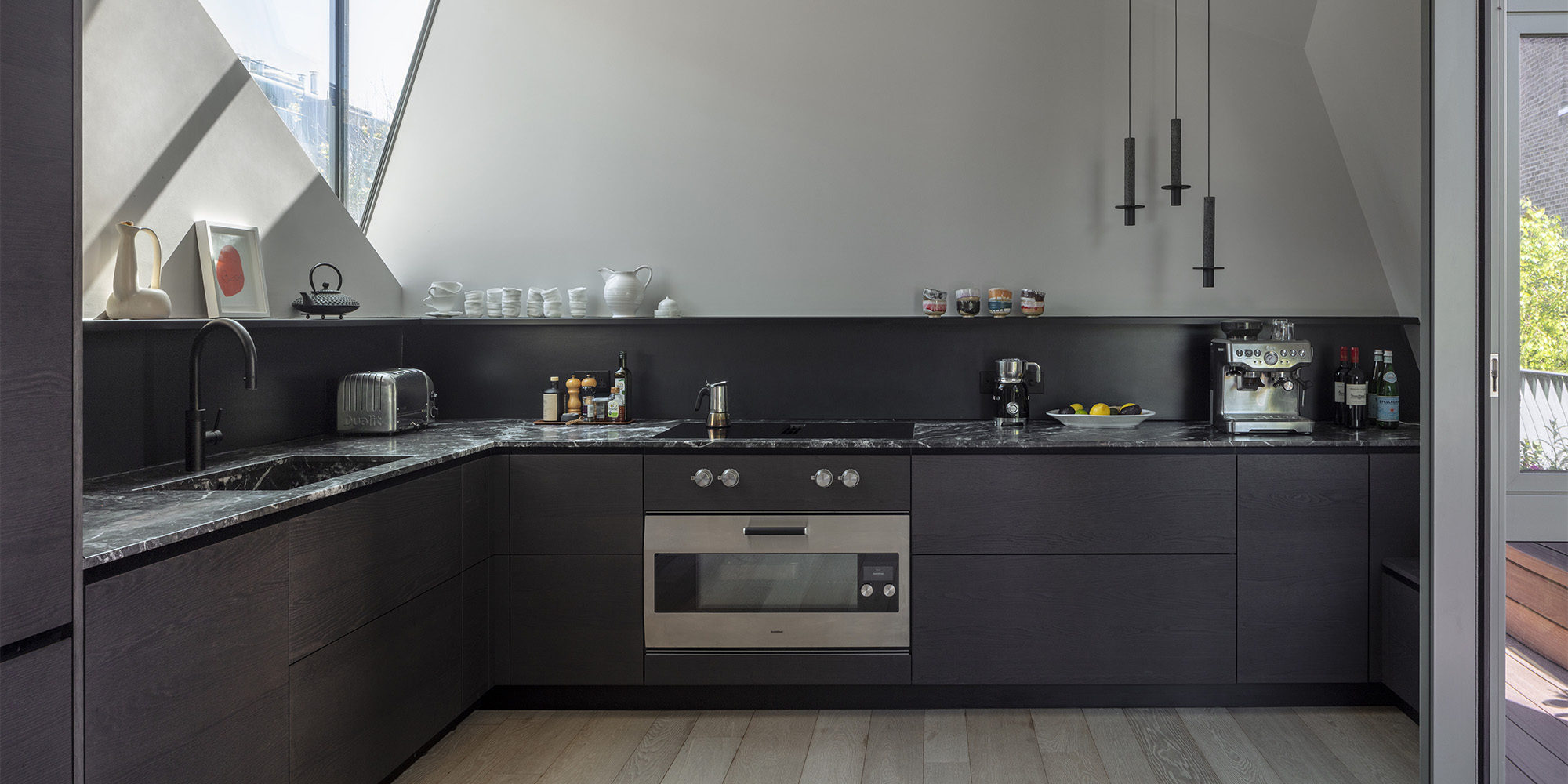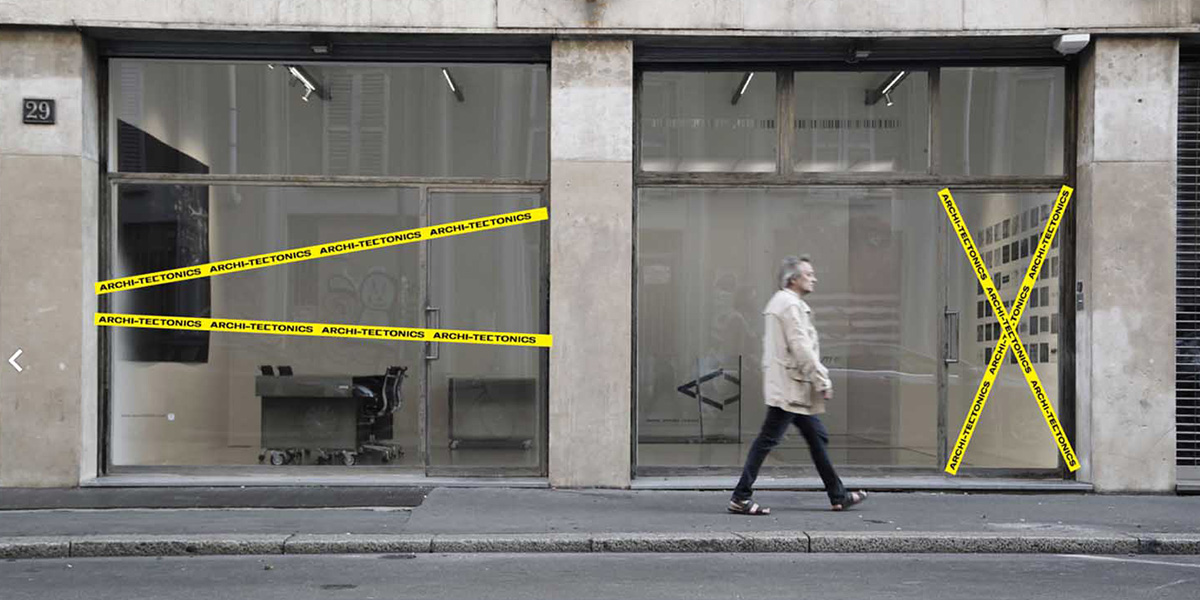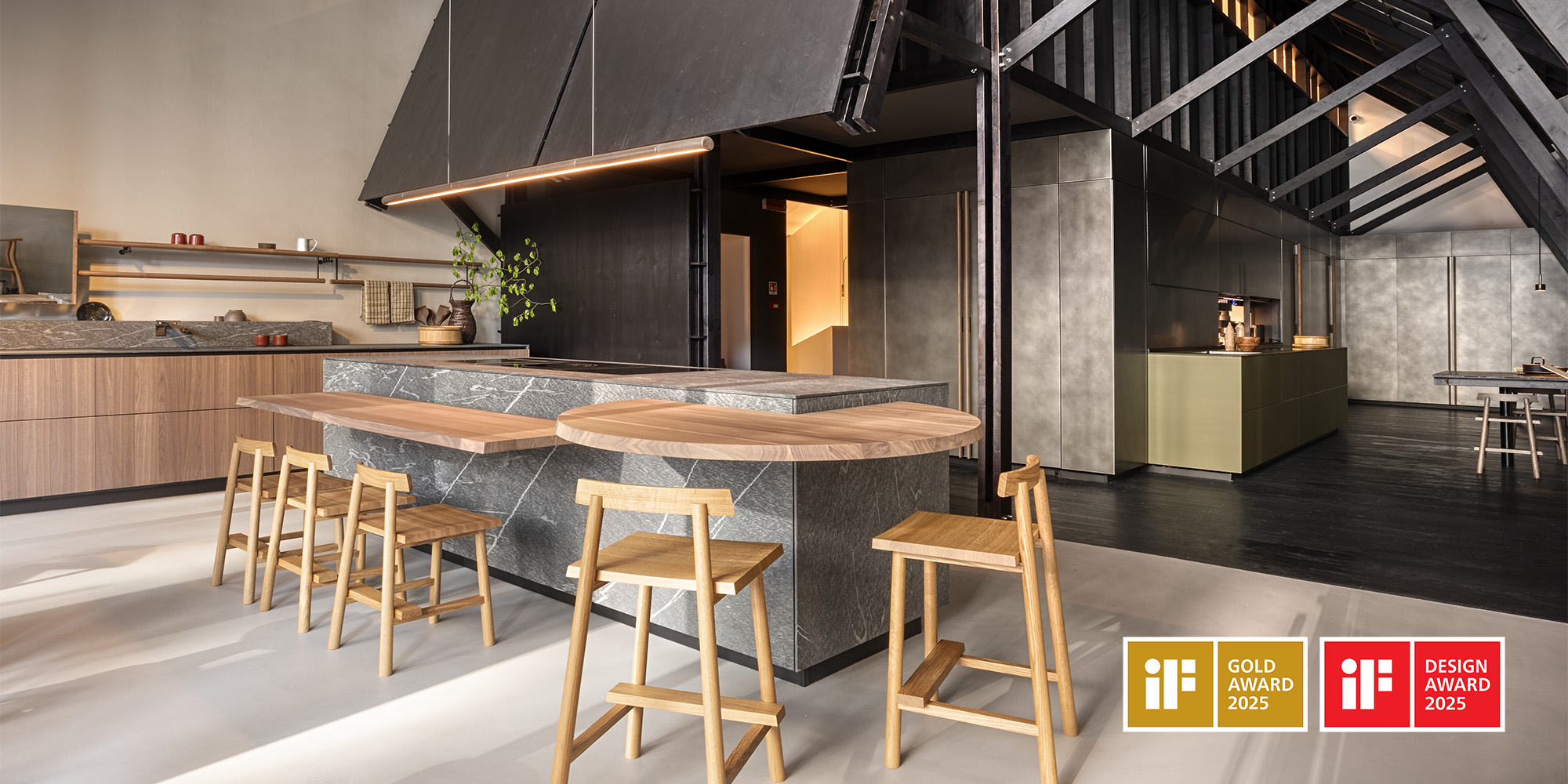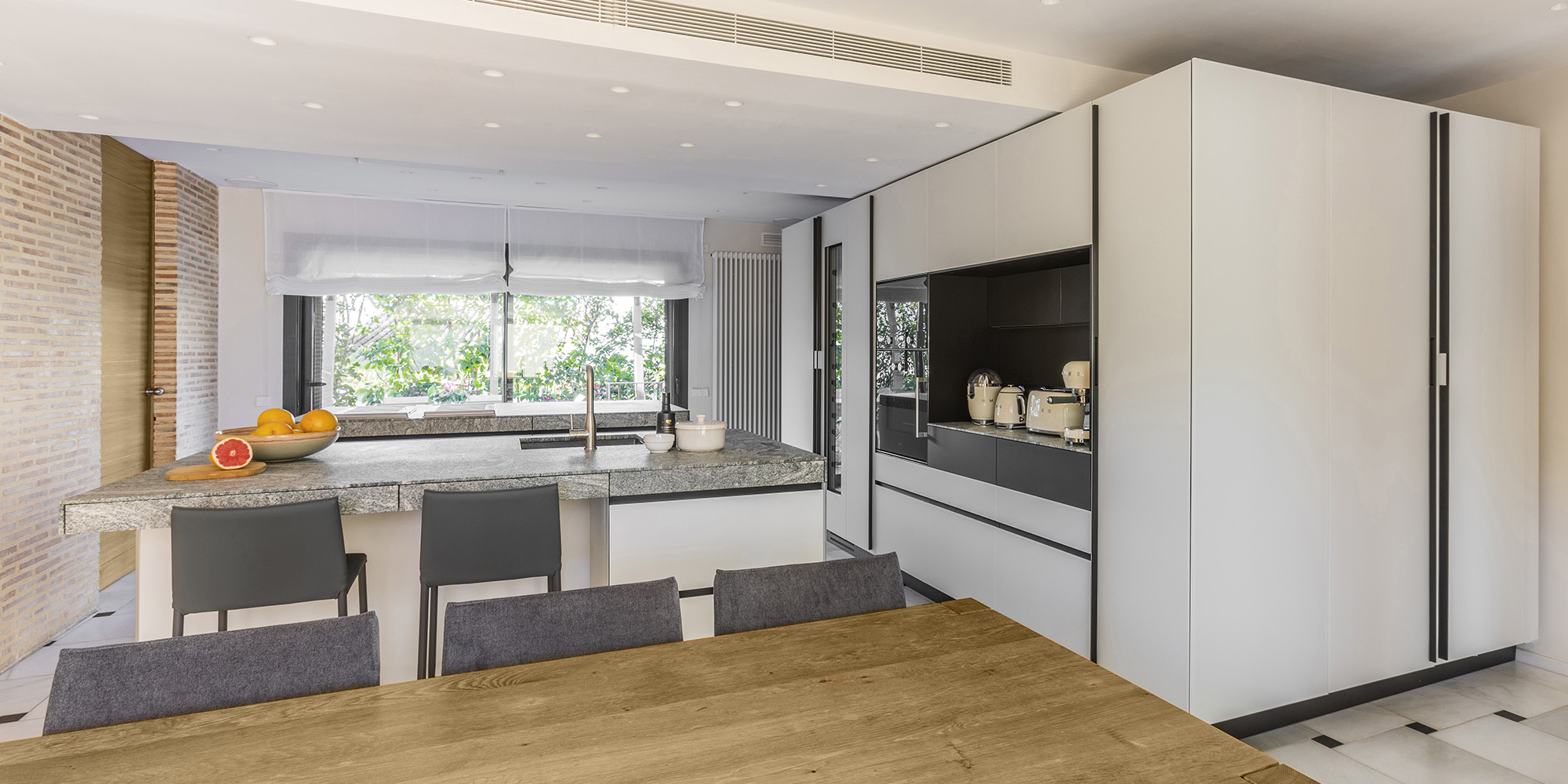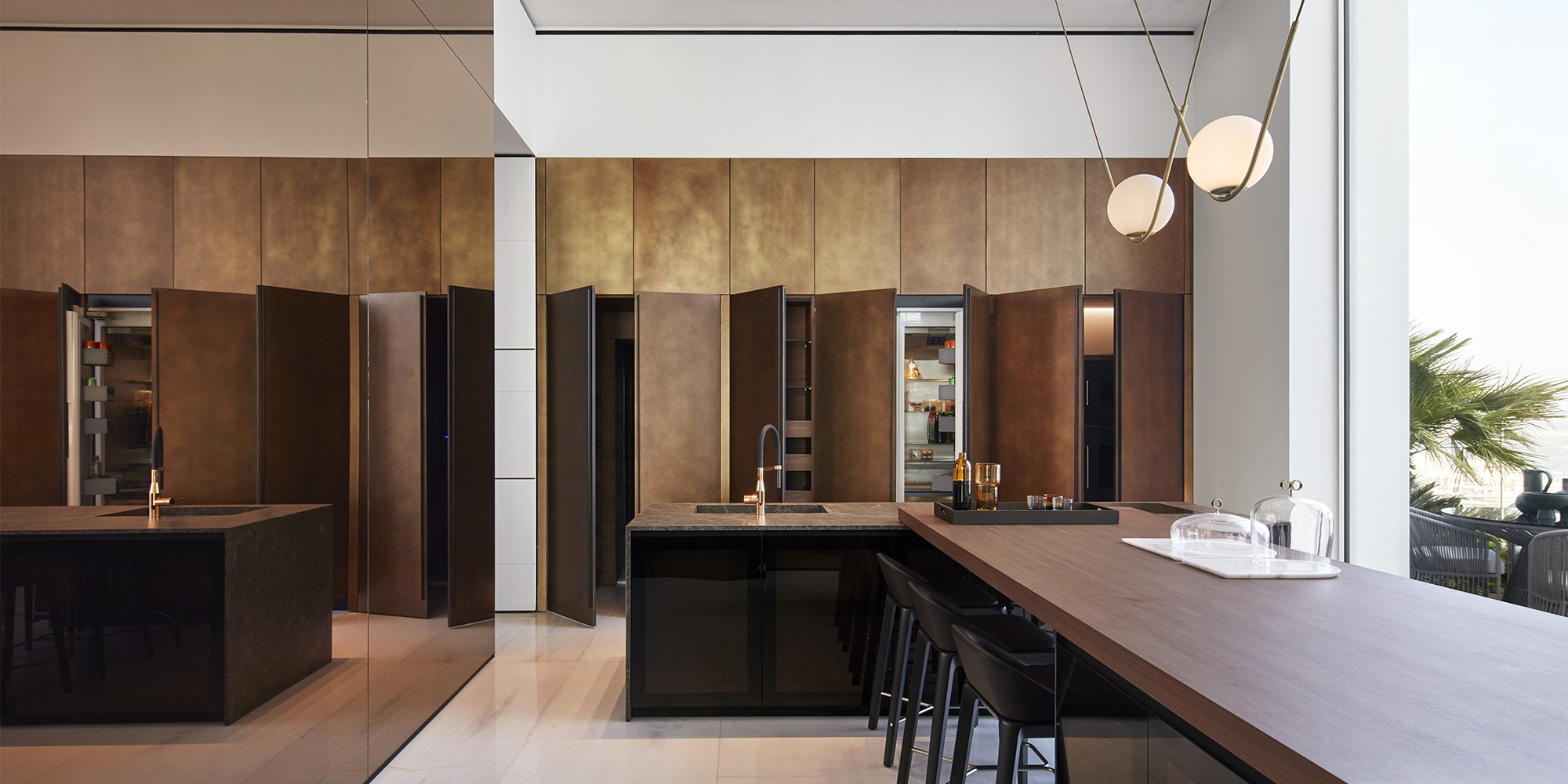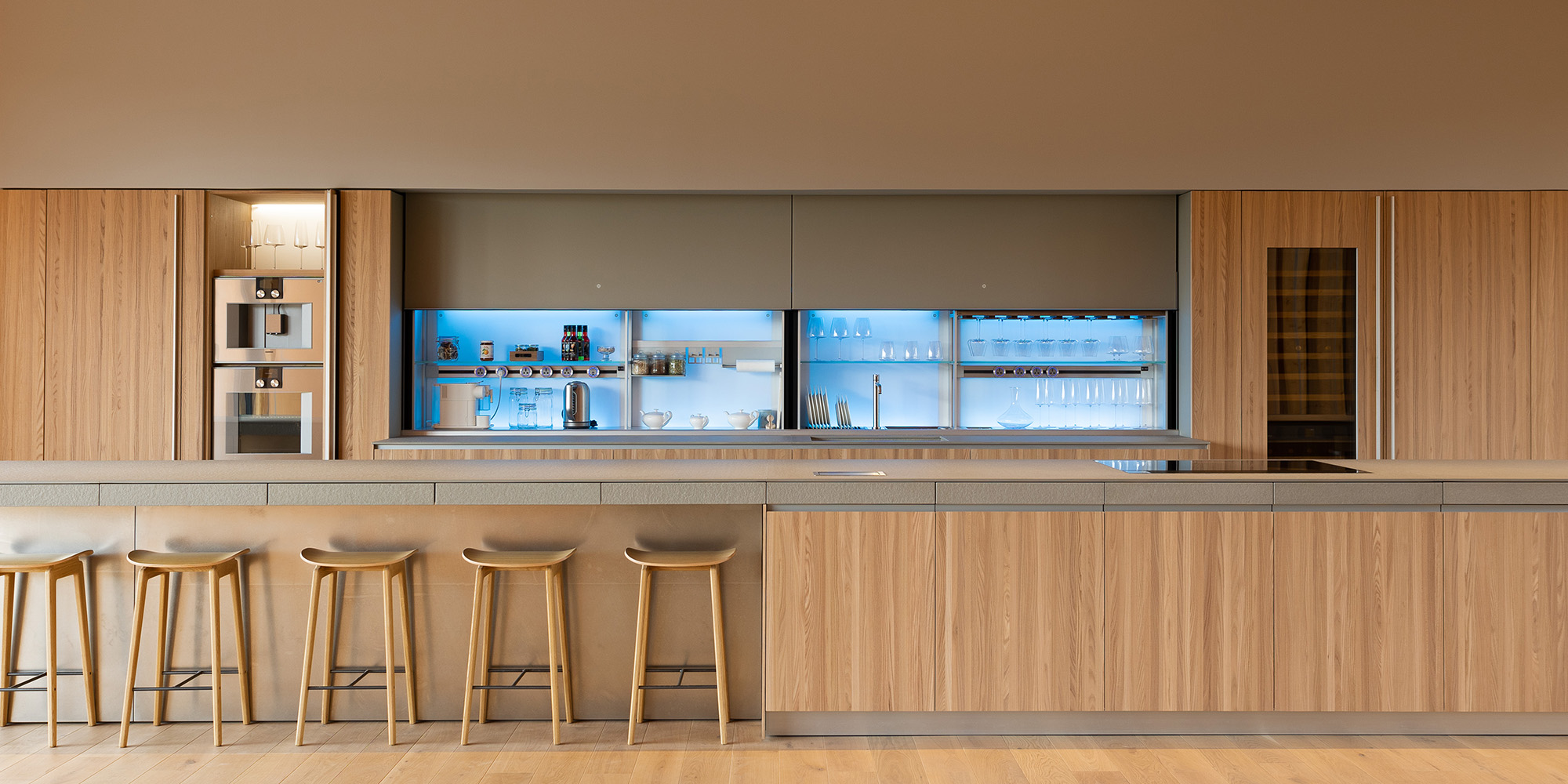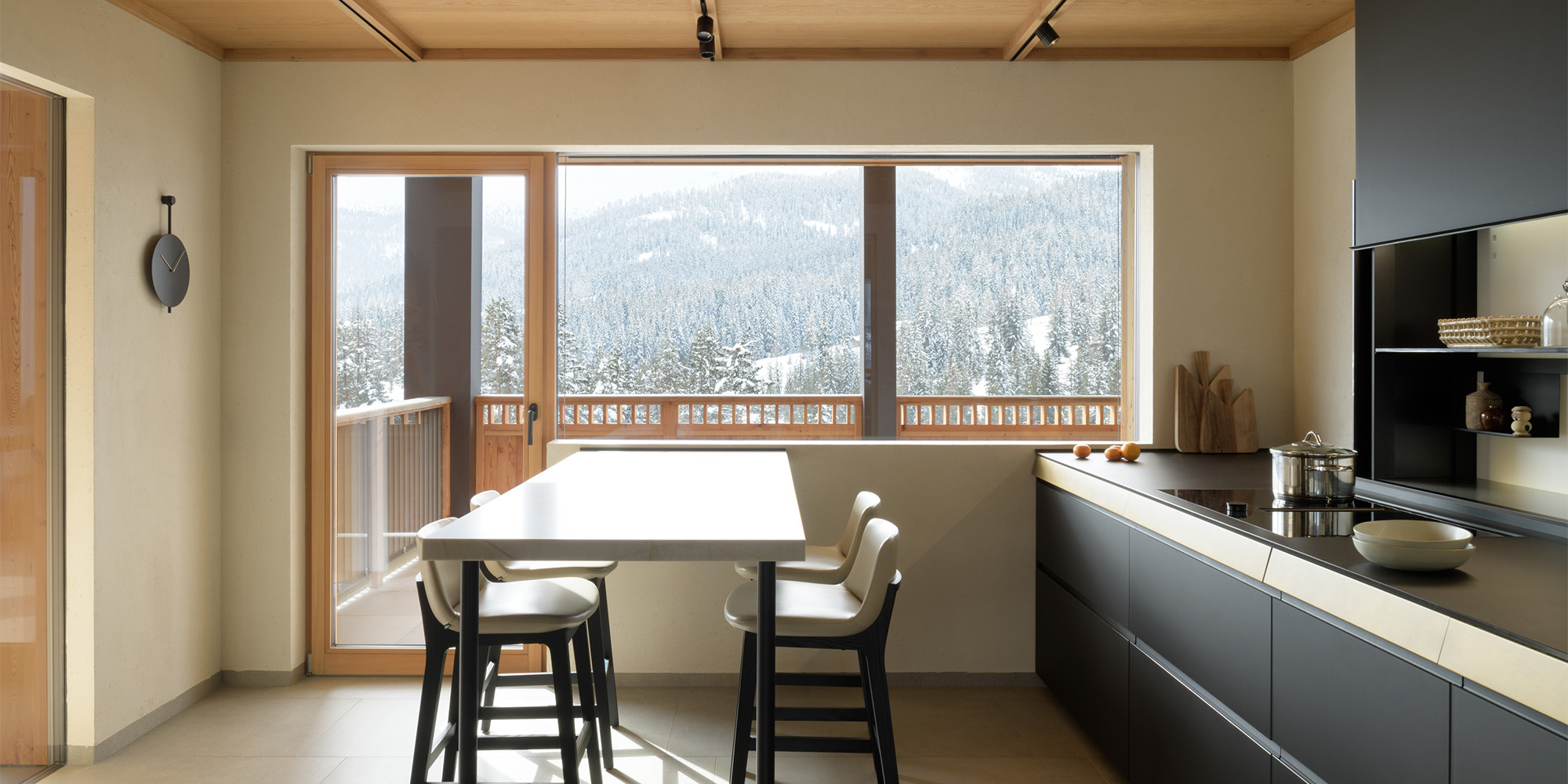Safety in kichen design

The kitchen is the most technically demanding room in the home. Kitchen plan should make our every move easy and all our cooking supplies and appliances within our reach with ample room to turn and walk between the cabinets easily. There are safety issues too along with the kitchen design that makes cooking as pleasant as it can. Especially with kids and pets, you need to plan the kitchen that is not within their reach. Statistics say that most accidents happen at home and most of these accidents occur in the kitchen. The best time to consider kitchen safety is when you are planning a new kitchen with your kitchen designer. Many health and safety issues are plain common sense. However, too many accidents and fires happen in the kitchen each year and there are some basic guidelines that just may stop you from becoming one of those statistics. After all, your kitchen is the heart of your family home and having a safe kitchen will give you and your family peace of mind. So here are some advices to keep your kitchen a safe place for you and your family:
- A socket inside the back section can be very useful for the oven because the power supply can be interrupted by a dipole switch, thus preventing children from accidentally switching the oven on.
- Detergents are usually stored below the sink, an easily accessible place for children. It is a good idea to keep them in a container with a safety lock.
- Children love pots and pans. To prevent burns, a guard should be fitted in front of the hob.
- Sometimes, attracted by some object located on the worktop, children climb onto handles and pullout drawers. If the kitchen is wall-hung, it must be provided with a safe wall-fixing system.
- It is preferable to choose the latest generation of cool-touch ovens with a tangential fan that ensures efficient heat insulation. These ovens keep the door cool even when food is cooking inside, avoiding burns that can sometimes be serious.
- Tower units must have wall-fixing systems that are tested to prevent them from capsizing in the event of children climbing on them.
- It is a good idea to add clips or magnets to drawers and jumbo drawers to prevent children from opening them. This way they are prevented from hurting themselves when they shut them and from reaching the objects located inside (detergents, knives, etc.).
- If a child climbs onto a pullout drawer or if all the jumbo drawers of a kitchen island are pulled out together, the unit is quite likely to capsize. To avoid this it is necessary to fix base units with drawers and jumbo drawers to the floor using capsize-prevention brackets.
- The hob must be provided with a safety valve that stops the gas supply if the flame is not ignited and interrupts its supply if the flame accidently goes out.
- If doors or drawers have a hole instead of a handle, it is a good idea to check that it is not too small. A child may slip his/her finger through the hole and fracture it by moving it around.
- All the glass parts of the kitchen (shelves, doors, etc.) must be tempered for better resistance to impact and to other types of stress.
- Install a master switch out of the reach of children to interrupt the power supply to the oven. Children are attracted by oven knobs and can easily switch the oven on if they play with them.
- It is preferable to install the hob near the sink to avoid having to walk a long distance holding red hot pots and pans that may be dangerous, especially if children are nearby.
- Make sure that wall unit fixings have been tested for resistance to heavy weights and that they can be adjusted in height and depth.
- In general, sharp edged elements are used in modern kitchens and these can become very dangerous for children. It is preferable to choose a kitchen that has rounded doors, handles and knobs.
- It is not a good idea to install the hob near a window because an incoming draught could turn the hob flame out and swaying curtains, perhaps moved by a child, could catch fire.


